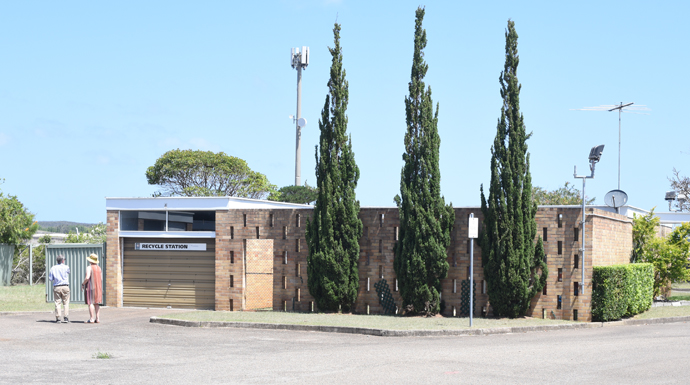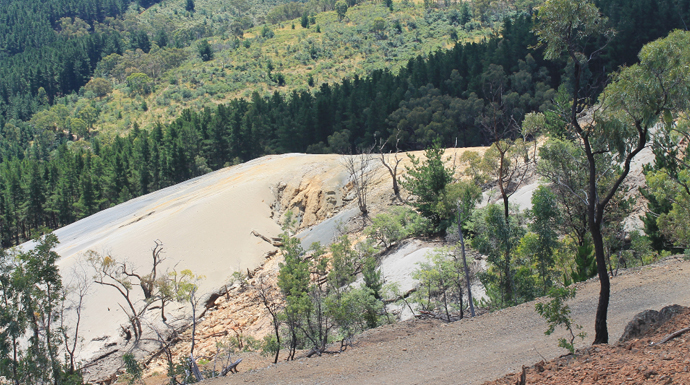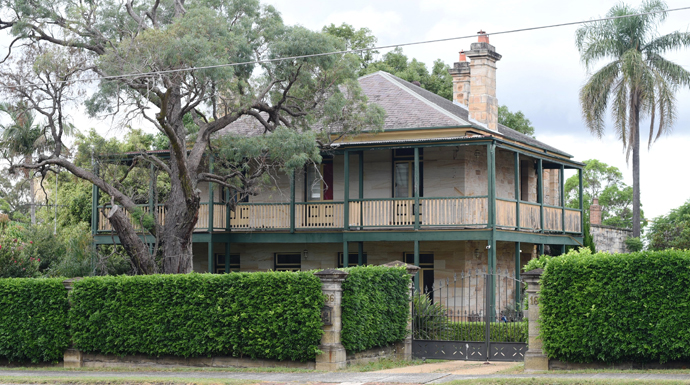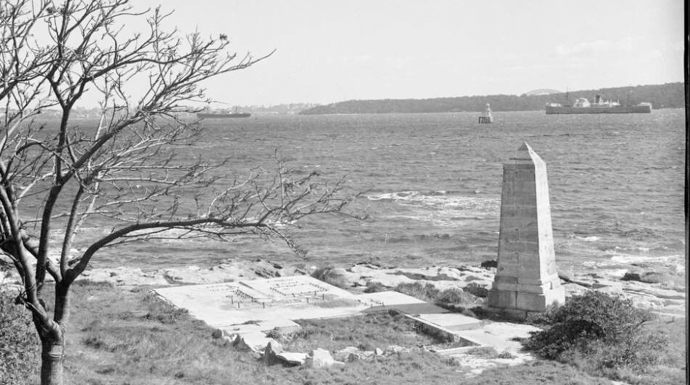The National Trust (NSW) maintains one of the most comprehensive heritage registers in New South Wales. We list landscapes, buildings, townscapes, cemeteries and many other culturally significant places that are worthy of conservation.
Since 1946 the National Trust has prepared close to 13,000 heritage listings, and every year this list grows as new places are added to the Register.
While the National Trust Register has no legal force, it is regarded as an authoritative statement on the heritage significance of a place. A classification can also serve as an independent early warning of places that could be under threat from demolition, neglect or overdevelopment.
By protecting places of Indigenous, cultural and natural heritage significance, we can keep our shared heritage alive for future generations. Explore some of the latest listings below.





